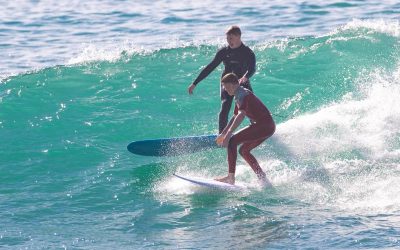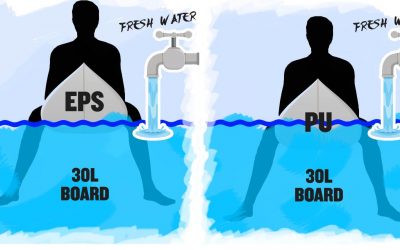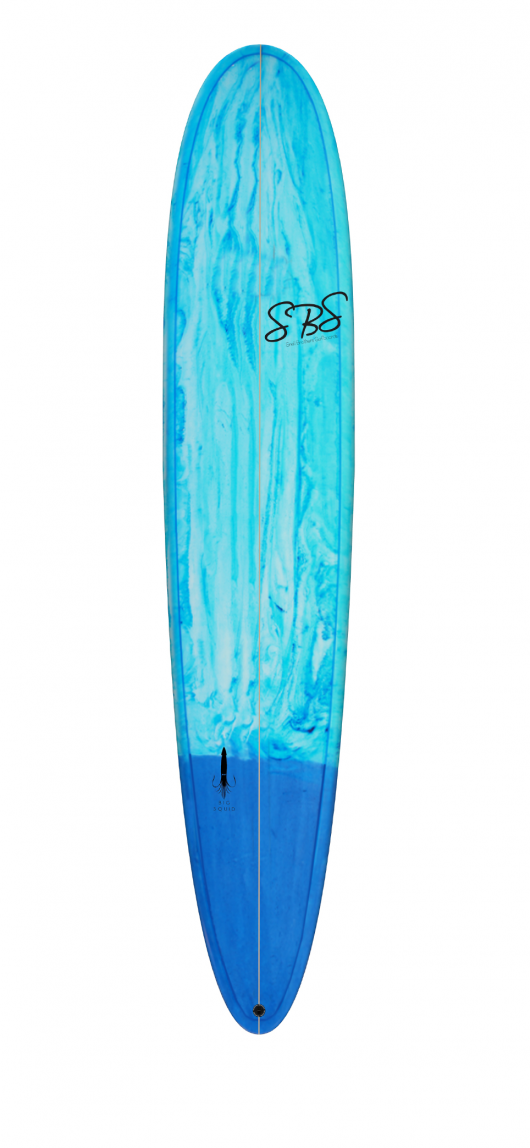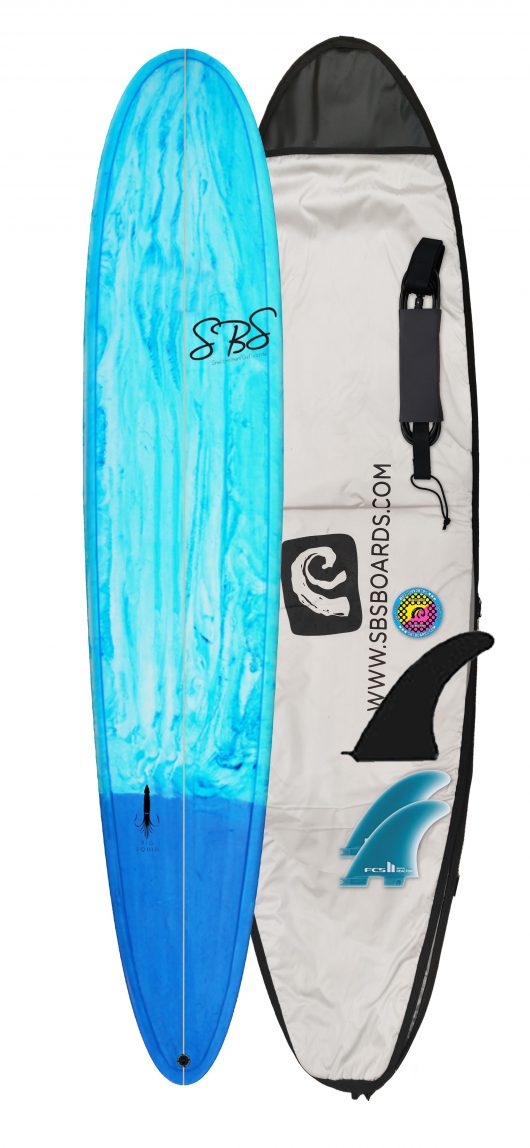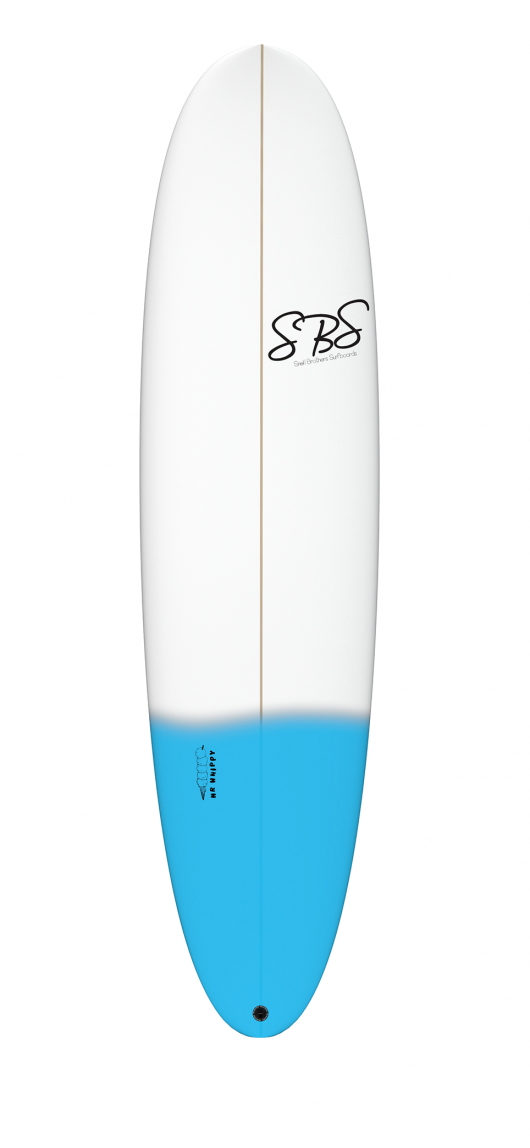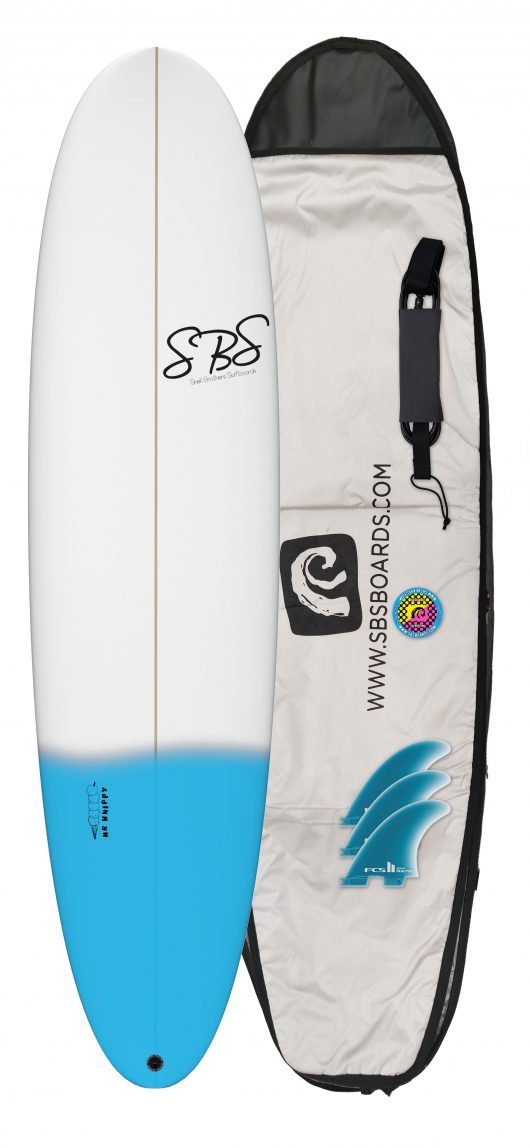The Wave Garden Bristol “First Look”The Wave Bristol Has released its first short video of the waves produced by wave garden specifically wave garden cove technology and we got say its looks incredible. ever since the first idea of the wave bristol came about we have...
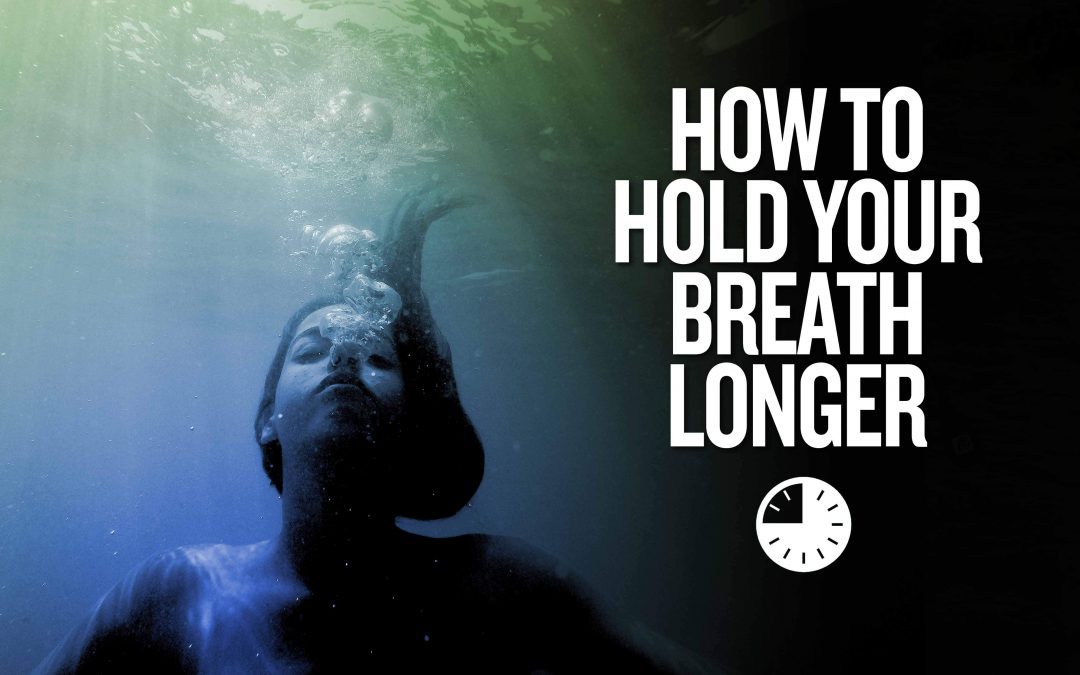
How To Hold Your Breath Longer For Surfing
How To Hold Your Breath Longer For Surfing
How to Improve Your Breath-Hold for Surfing
Why is Your Breath-Hold Important in Surfing?
Holding your breath might not seem too important apart from the obvious of going underwater in a wipeout, duck dive or even in a bad hold down, but that’s never more than 10-15 seconds or so, so why do we need to train for it?
Improving your breath hold is much more than just holding your breath longer underwater, it’s confidence in yourself.
If you’re a big wave surfer on the WSL (World Surf League) you would probably have trained for years learning about breath holds and learning to deal with monster wipeouts. Surfers like Shane Dorian, can hold their breath for 5+ minutes under water, giving them a lot of confidence when they have a bad wipeout, that they can at least hold it for 45 seconds to a minute with ease. Working on your breath holds gives you that same confidence, that if you take on bigger waves, you can survive the consequences if things go bad.
Some freedivers around the world can hold their breath for over 22 minutes! Some of the worlds best big wave surfers can hold it for 5 minutes and your average surfer can hold their breath for anything from 30 seconds – 2 minutes under water. So improving your breath hold isn’t just about surviving wipeouts and hold downs, it’s about giving you confidence in the water.
By using a few of our little tricks and tips, you can almost double your breath hold and who knows one day, it might just save your life.
Boosting Your Breathing Power and Efficiency
As surfers we have to be incredibly fit to paddle out back in some good sized surf, doing it over and over again, for several hours can be pretty taxing on your body, specifically your lungs. If you haven’t trained your aerobic capacity and endurance you won’t last as long some of the greats.
Your lungs are a huge part of your surfing ability, allowing you to paddle out back and pump down the line to your heart’s content, so ensuring they are in top condition will definitely have a positive effect on your surfing.
If you are to improve your lung capacity (this refers to the total ‘Lung volume’ or ‘the volume of air in the lungs at different phases of the respiratory cycle‘. If you’re an average adult male surfer you probably have an average total lung capacity of about 6 litres of air, as we move every day we subconsciously do something called Tidal breathing, this is our natural resting breathing rate and the ‘tidal volume‘ is the ‘volume of air that is inhaled or exhaled in only a single such breath’. When we surf or exercise, this is increased and becomes conscious, if your lungs have a better capacity, they will be able to complete the task of exercising or surfing a lot better and be able to store more oxygen in the event of a hold down.
Depending on how fit you are and your overall mass, the average surfer’s respiratory rate is 30-60 breaths per minute when surfing, compared to 12-20 breaths per minute in adults when doing simple daily tasks
You might have a naturally higher lung capacity if any of the following apply yot you…
High Lung Capacity
- Taller in height
- Live at high altitude
- Good fitness level
Lower lung capacity
- Smaller in height
- Live at low altitude
- Have a high body fat/overweight
How to Increase Your Lung Capacity
It all starts with training on land in a safe environment, this is the perfect place to start. It’s called dry training, you can practice your breathing exercises and workouts in the comfort of your own home.
Try this breathing workout to help improve your breath hold and keep you safe in those double or triple wave hold-downs.
So, here’s a simple training program to hold your breath for longer periods of time:
1. Start breathing slowly for 1 to 3 minutes, relaxing your entire body – you need to keep as relaxed as possible, slowing down your heart rate and minimising movement.
2. Take a deep breath out, fully exhaling everything, blowing all of the carbon dioxide and air from your lungs.
3. Take a really fast deep breath in, followed by any extra short breaths in you can do to really fill your lung capacity and then hold your breath.
4. Relax – try to keep calm and relax the body thinking of something else to keep your mind focussed on something other than not breathing.
5. When you reach your limit, fully exhale, blowing all of the air and carbon dioxide from your body, followed by deep inhale & exhalation until you have recovered.
This is a great way to check out your maximum breath hold in the very best circumstances, post wipe out you may not have as big of a breath, or be as relaxed, but it can give you a good idea of the time you can last underwater if truly pushed to the limit.
Repeat the above breathing workout 5-10 times, with about a 1-minute break in between and record your times on a notepad, use a watch or timer each round to see what you get. If you repeat this breathing workout 2-3 times a week, you will find soon enough, your breath-hold starts to improve and the duration will extend week by week. After a few months of consistent practice, you will have added minutes to your time!
3 Key Things to Keep in Mind When Training Lung Capacity for Surfing.
Relax The Body
A high heart rate and a moving body are going to use more oxygen, compared with a relaxed body with a lower heart rate, so try to remain still and relaxed. A lot of pro’s or big wave surfers talk about when they wipe out, they go into a relaxed ragdoll-like state and avoid fighting with the white water or the mountain of water on top of them. Once they feel the pressure and motion pass, that’s when they will try to get to above the water.
Relax The Mind
Relaxing the mind is probably one of the most important things, not necessarily physiologically but it does have a massive effect on your breath hold time. Thinking of something else will help you to forget that you have no oxygen coming in, it can help you keep calm underwater, your heart rate lower and the mind and body relaxed, while you are conserving oxygen usage in the body until you can inhale again.
Relax Your Breathing
Over time your body will become accustomed to higher levels of CO2 and you will start to adapt to withstand the higher levels present in the blood. Likewise, your body’s urge to breathe and open your mouth will be suppressed or can be trained to repress that reaction through repetition and training. Ultimately like anything the more training you do, the better prepared you will be to deal with the constantly varied conditions of surfing, this will help give you the confidence to take on bigger amd more powerful surf conditions.
WARNING: When training in breath holds never push to the absolute limit as this could result in a blackout or potentially even death.
It is strongly recommended to practice it in a room with a partner in the event that something goes wrong.
We would suggest holding until you’re about 90% gone and then breathe. It’s only training at the end of the day and for us regular folk, it’s simply meant to help add on a bit of time to our breath hold, not set any world records.
The Wave Garden Bristol “First Look”
SUP Clinic Chichester By SBS boards & TJ Boards
We hosted our very first SUP clinic with Partners, TJ boards who are local experts of the Chichester canal. We were lucky enough to have our SUP team rider Narcy who lives in Fuerteventura in the canary island who lives and breast anything water sports. who is...
How To Paddle Faster!
Improving your paddle stroke means catching more waves longer sessions and more fun For anyone starting surfing or even an experienced Surfer will know the feeling of missing a wave by one or two strokes, not quite being in front of the wave as it peels or freaking...
13 Things All Beginner Surfers Need To Know
If you are new to surfing or if something you want to try there are some precautions you should definitely take before jumping in at the deep end Here are our top 13 tips for beginners all the things you will need to know to get you started in your surfing fun and...
Epoxy Surfboards are Better For wave Pools?
Whats Better For Wave Pools (EPS Or PU) If you haven’t been hiding under a rock for the last 2 years then you have probably seen the explosion of wave pool video hit the internet from Kelly's Surf Ranch with endless peeling perfection to BSR Park, N Land in Austin or...
INFLATABLE SUP VS HARD SUP WHAT’S RIGHT FOR ME
As technology and development in inflatable and hard boards change this is something to review every few years as it used to be very clear that hard boards rule the waterways and inflatables had no place and no rivalry to the hardboard but today things are very...




